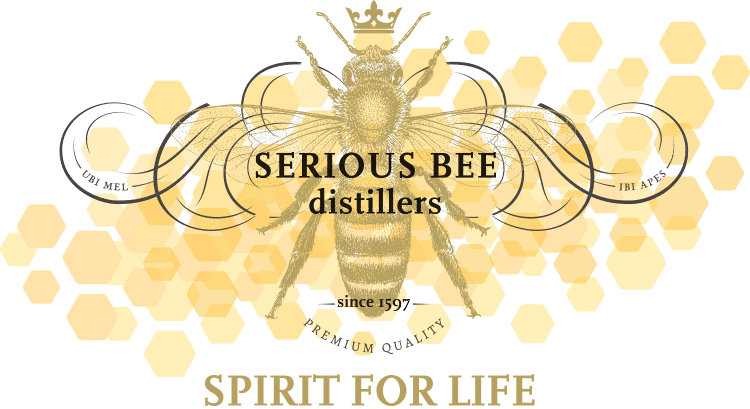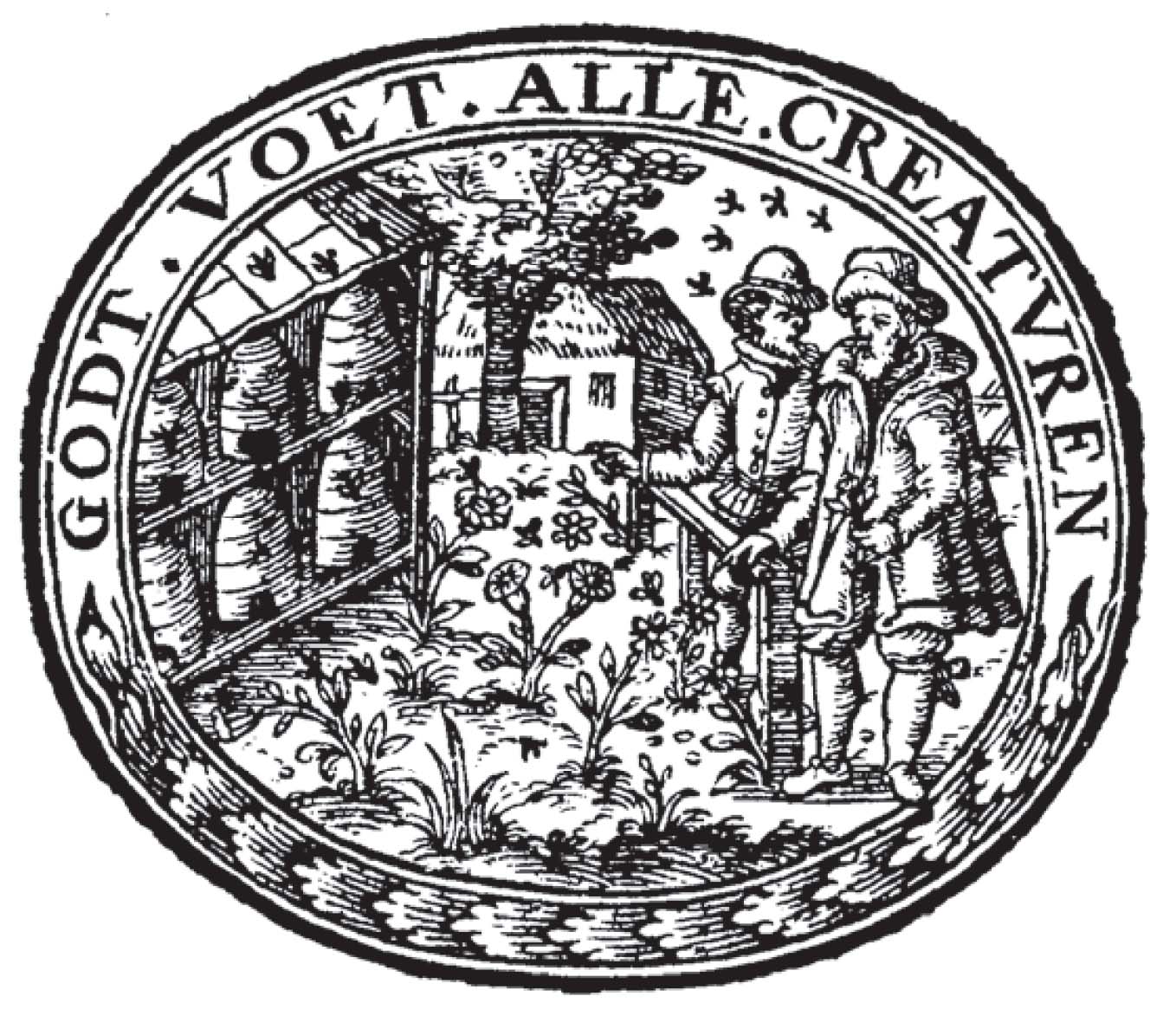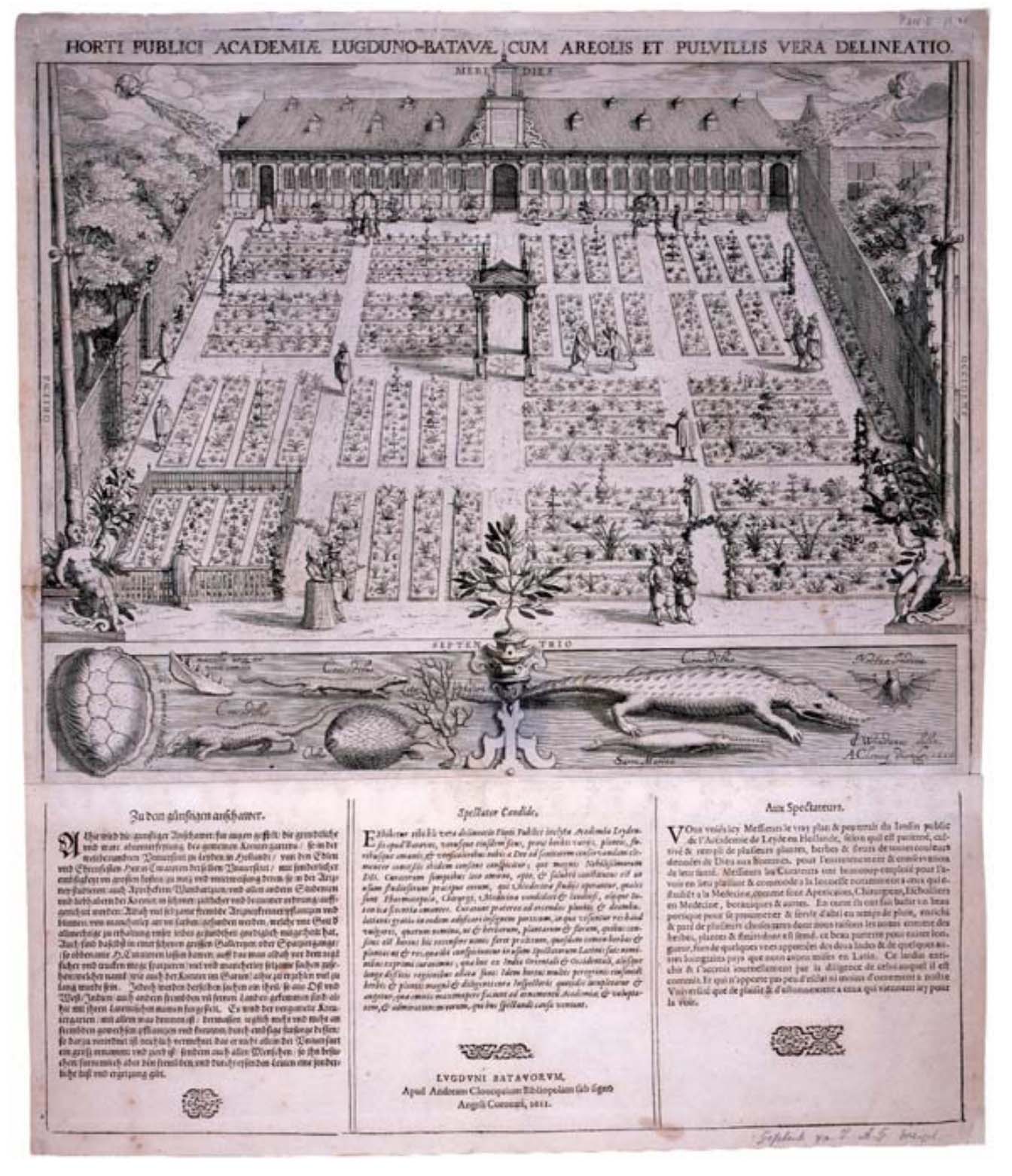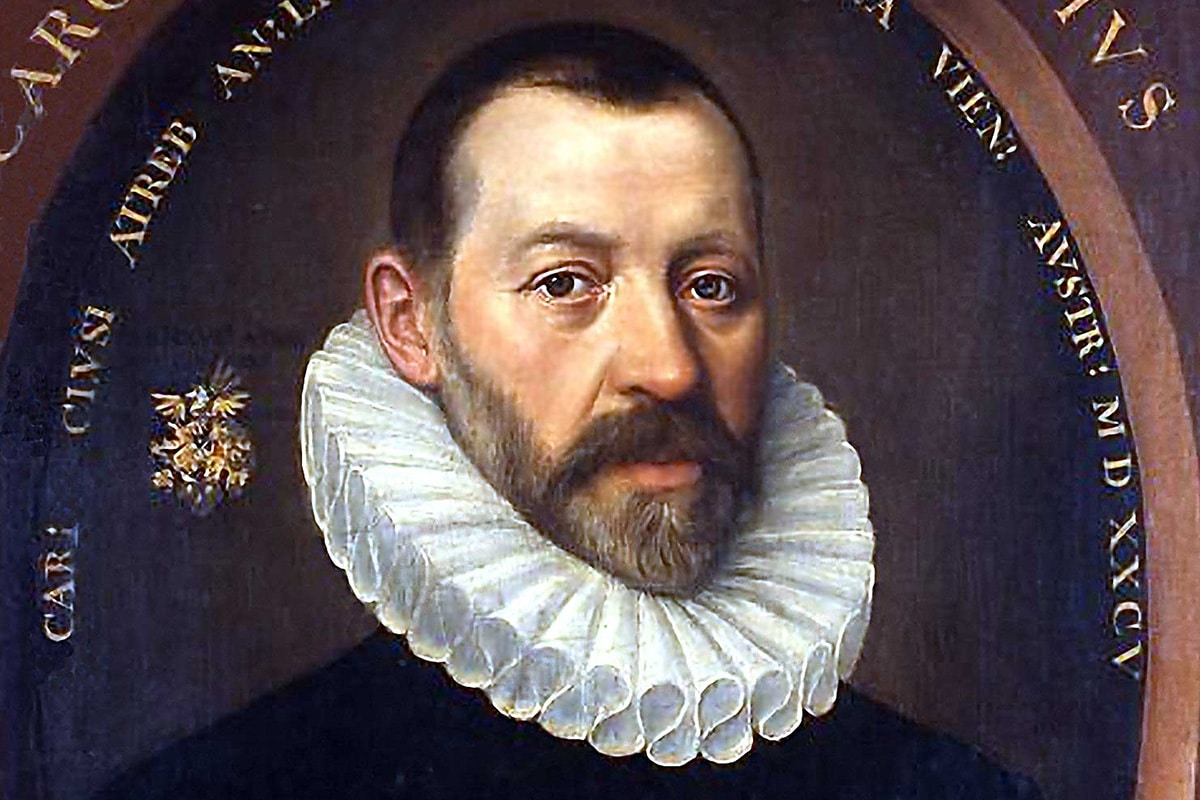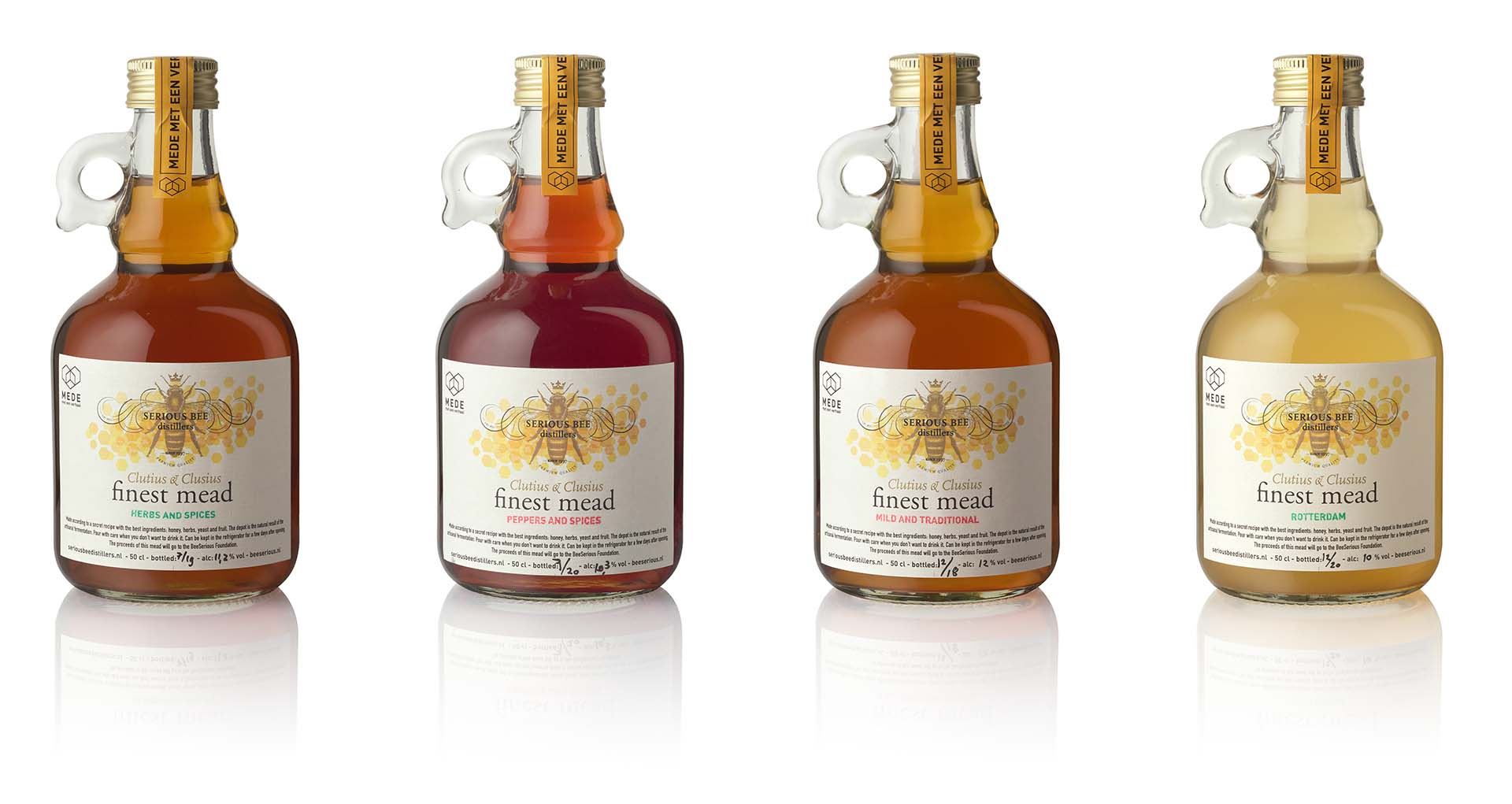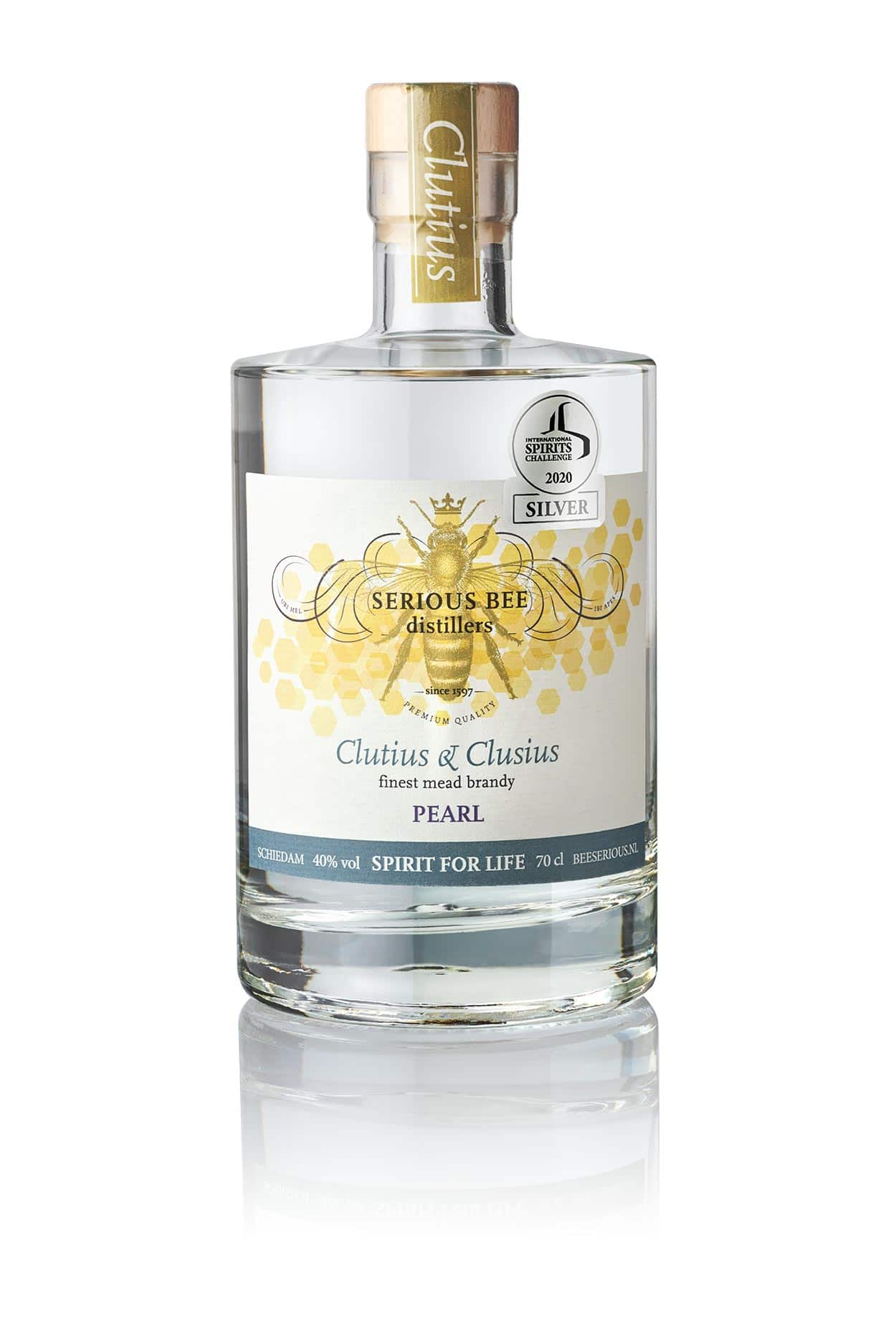Clutius and Clusius
Meet these gentlemen whose knowledge helped to found the Netherlands. It was in the 80-year war that pharmacist and botanist Theodorus Clutius (Dirk Outgaertszoon Cluyt) founded the Hortus Medicus (the first botanical garden outside Italy) together with professor Carolus Clusius (Charles de l’Ecluse). They corresponded together about bees. This correspondence was published by Clutius in 1597 in the book ‘Van de Byen’ (About bees).
